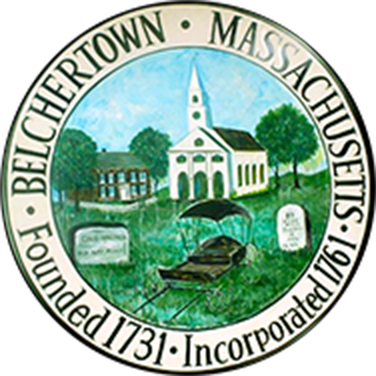Suggested Books for a Smooth Transition to Kindergarten
• The Kissing Hand by Audrey Penn
• Froggy Goes to School by Jonathan London
• Look Out Kindergarten, Here I come by Nancy Carlson
• Who Will Go to Kindergarten Today? by K. Ruhmann
• The Night Before Kindergarten by Natasha Wing
• I Need a Lunchbox by Jeannette Caines
• Morris Goes to School by B. Wiseman
• Miss Bindergarten Gets Ready for Kindergarten by J. Slate
• Kindergarten Kids by Ellen Senisi
• Wemberly Worried by Kevin Henkes
10 Things Every Parent Should Know about Play
By Laurel Bongiorno
1. Children learn through their play.
Don’t underestimate the value of play. Children learn and develop:
Cognitive skills – like math and problem solving in a pretend grocery store
Physical abilities – like balancing blocks and running on the playground
New vocabulary – like the words they need to play with toy dinosaurs
Social skills – like playing together in a pretend car wash
Literacy skills – like creating a new menu for a pretend restaurant
2. Play is healthy.
Play helps children grow strong and healthy. It also counteracts obesity issues facing many children today.
3. Play reduces stress.
Play helps your child grow emotionally. It is joyful and provides an outlet for anxiety and stress.
4. Play is more than meets the eye.
Play is simple and complex. There are many types of play: symbolic, sociodramatic, functional, and games with rules – to name just a few. Researchers study play’s many aspects: how children learn through play, how outdoor play impacts children’s health, the effects of screen time on play, to the need for recess in the school day.
5. Make time for play.
As parents, you are the biggest supporters of your children’s learning. You can make sure they have as much time to play as possible during the day to promote cognitive, language, physical, social, and emotional development.
6. Play and learning go hand-in-hand.
They are not separate activities. They are intertwined. Think about them as a science lecture with a lab. Play is the child’s lab.
7. Play outside.
Remember your own outdoor experiences of building forts, playing on the beach, sledding in the winter, or playing with other children in the neighborhood. Make sure your children create outdoor memories too.
8. There’s a lot to learn about play.
There’s a lot written on children and play. David Elkind’s The Power of Play (De Capo, 2007 reprint) is a great resource.
9. Trust your own playful instincts.
Remember as a child how play just came naturally? Give your children time for play and see all that they are capable of when given the opportunity.
10. Play is a child’s context for learning.
Children practice and reinforce their learning in multiple areas during play. It gives them a place and a time for learning that cannot be achieved through completing a worksheet. For example, in playing restaurant, children write and draw menus, set prices, take orders, and make out checks. Play provides rich learning opportunities and leads to children’s success and self-esteem.
Waiting Games
Waiting has become a part of our everyday lives. The next time you hear, “How much longer?” try one of these ideas to occupy your children.
Here are some fun ideas to share with your child:
–Play word games. Start with a simple word like up. Take turns thinking of opposites – down.
–Take the change out of your pocket, and let your youngsters sort it. Tell them the names of the coins, and talk about how they are alike and different.
–Work on counting forward and backward. For an extra challenge, have your children try counting starting from a number other than the number 1. For instance, you say, “7…” they would continue, “8, 9, 10.”
–Try an alphabet search. Look around the room and find the letter A on a sign or poster. Take turns finding the letters in order until you reach Z.
Minute Recipes for Building Peace:
* Give a compliment.
* Smile: use eye contact.
* Use a personal name and a positive statement.
* Recognize changes and show interest.
* Ask questions and listen to the answers.
* Write a positive PRAISE note to someone and post it.
* Do a favor for someone or recognize a child for doing a favor.
* Model adult PeaceBuilding.
*************************************************
Click on these important links:

